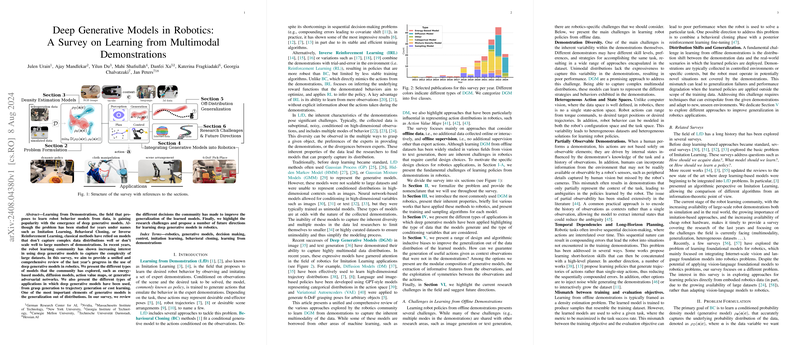A Comprehensive Guide to Using IEEEtran LaTeX Templates
Introduction
The document authored by the IEEE Publication Technology Department titled "How to Use the IEEEtran LaTeX Templates" explores the practical aspects of employing the IEEEtran class within LaTeX to format documents for submission to IEEE publications. It comprehensively encompasses a plethora of aspects including class options, syntax, and best practices geared towards achieving the IEEE's stringent formatting requirements for its technical and conference papers.
Objectives and Overview
The primary objective of the document is to inform users on how to utilize the IEEEtran LaTeX class to produce accurately formatted documents adhering to IEEE's standards. This includes but is not limited to journal articles, conference papers, and technical notes. It offers a granular walkthrough of coding various elements such as titles, author affiliations, abstracts, sections, figures, tables, and bibliographies.
Template Applications and Structure
The template aims not to create the final printable version but to approximately replicate the final look, allowing authors to gauge the page length and format. The structural design of these LaTeX files ensures facile conversion to XML, a necessity for IEEE's composition systems.
Template Files
The template package includes several "bare bones" example files such as:
bare_jrnl.texbare_conf.texbare_jrnl_compsoc.texbare_conf_compsoc.texbare_jrnl_comsoc.tex
These files primarily serve as a baseline template to expedite document structuring.
Document Class Options
Selecting the appropriate document class is vital for aligning the paper's format with the intended publication type. Options include:
- Regular Journal Article:
\documentclass[journal]{IEEEtran} - Conference Paper:
\documentclass[conference]{IEEEtran} - Computer Society Journal Article:
\documentclass[10pt,journal,compsoc]{IEEEtran} - Communications Society Journal Article:
\documentclass[journal,comsoc]{IEEEtran} - Technical Note:
\documentclass[9pt,technote]{IEEEtran}
Front Matter and Common Elements
Key document components are meticulously outlined, ensuring authors can precisely format each section:
- Paper Titles should avoid complex mathematical expressions.
- Author Names and Affiliations utilize the
\IEEEmembershipcommand. - Running Heads and Abstracts follow a standardized syntax to ensure uniformity across publications.
- Index Terms are crucial for enhancing research discoverability.
Body Text Elements
The document delineates coding for body text elements including:
- Drop Cap Letters using
\IEEEPARstart - Sections and Subsections, leveraging standard LaTeX commands to maintain structural clarity.
- Citations via the
\citecommand to automate reference number generation.
Figures and Tables
For visual data, the document elucidates the following:
- Figures are embedded using the
figureenvironment with top page float settings[!t]. - Cross-referencing figures correctly using LaTeX's
\ref. - Table creation via the
tableenvironment with proper labeling and captioning to ensure IEEE compliance.
Advanced Structures and Bibliographies
For complex elements such as:
- Algorithms, Theorems, and Proofs, supplementary details are provided in "IEEEtran_HOWTO.pdf".
- Acknowledgments and Bibliographies are succinctly addressed with examples of reference listings using the
bibitemmacro.
Mathematical Typography
A pivotal section is dedicated to mathematical typography, an area crucial for maintaining clarity in technical publications:
- Accurate use of display equations, equation numbering, and multi-line alignment is emphasized.
- Matrices, arrays, and function formatting within equations demonstrate the precision in typesetting required.
Utility and Support
Addresses utilities and external resources:
- Where to get the IEEEtran Templates and LaTeX help from user groups including URLs for community assistance.
- Recommendations on LaTeX distributions provided by TUG.
Conclusion
This document serves as an invaluable guide for authors aiming to align their submissions with IEEE standards. It encapsulates extensive LaTeX formatting requirements and offers detailed instructions across multiple facets of document preparation, ensuring a smooth submission process to IEEE journals and conferences. Future developments could further streamline XML conversions, enhancing the publishing pipeline's efficiency.
By adhering to these guidelines, authors can substantially improve their document's conformity with IEEE’s stringent requirements, facilitating higher quality and more consistent submissions.
